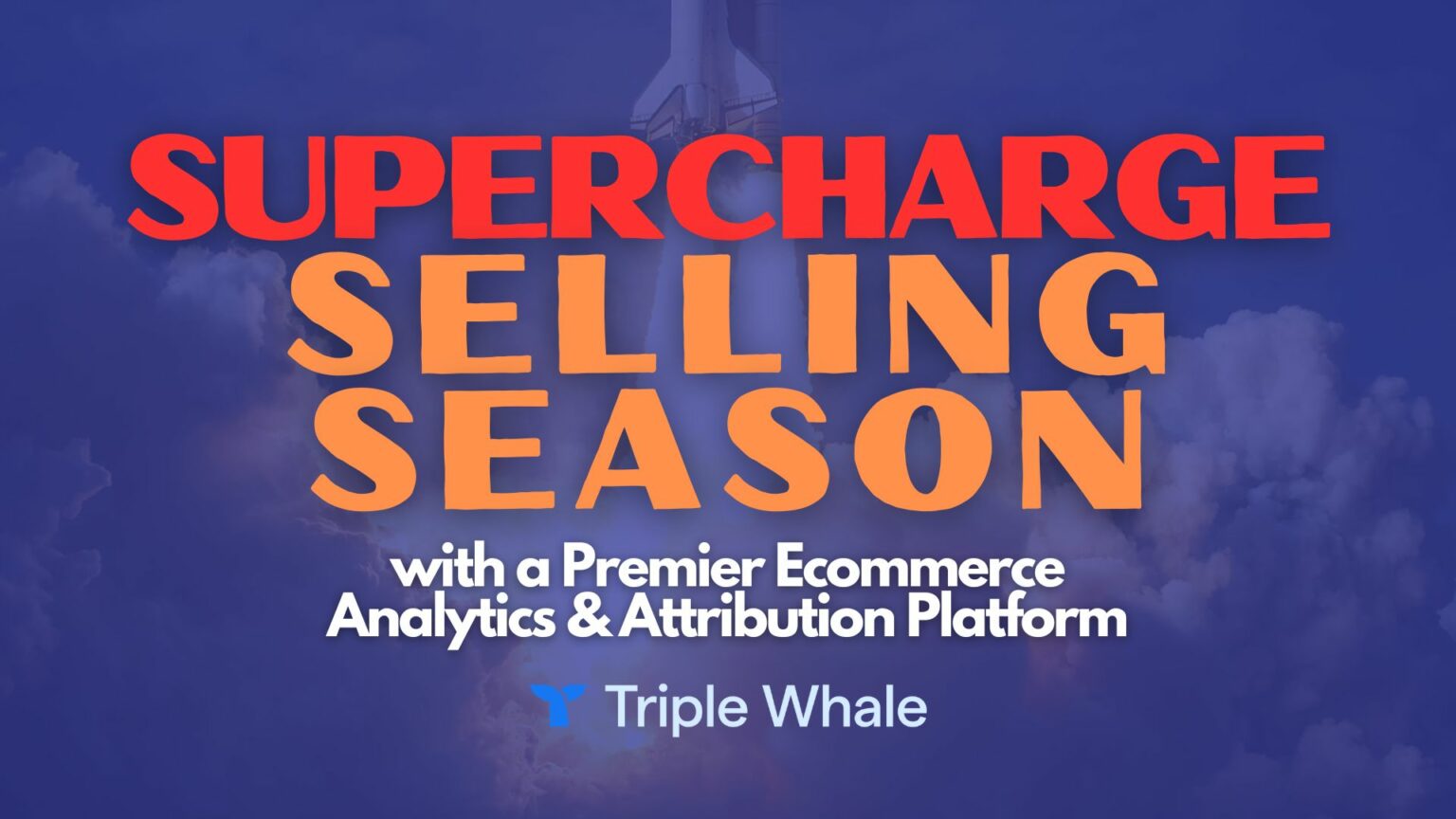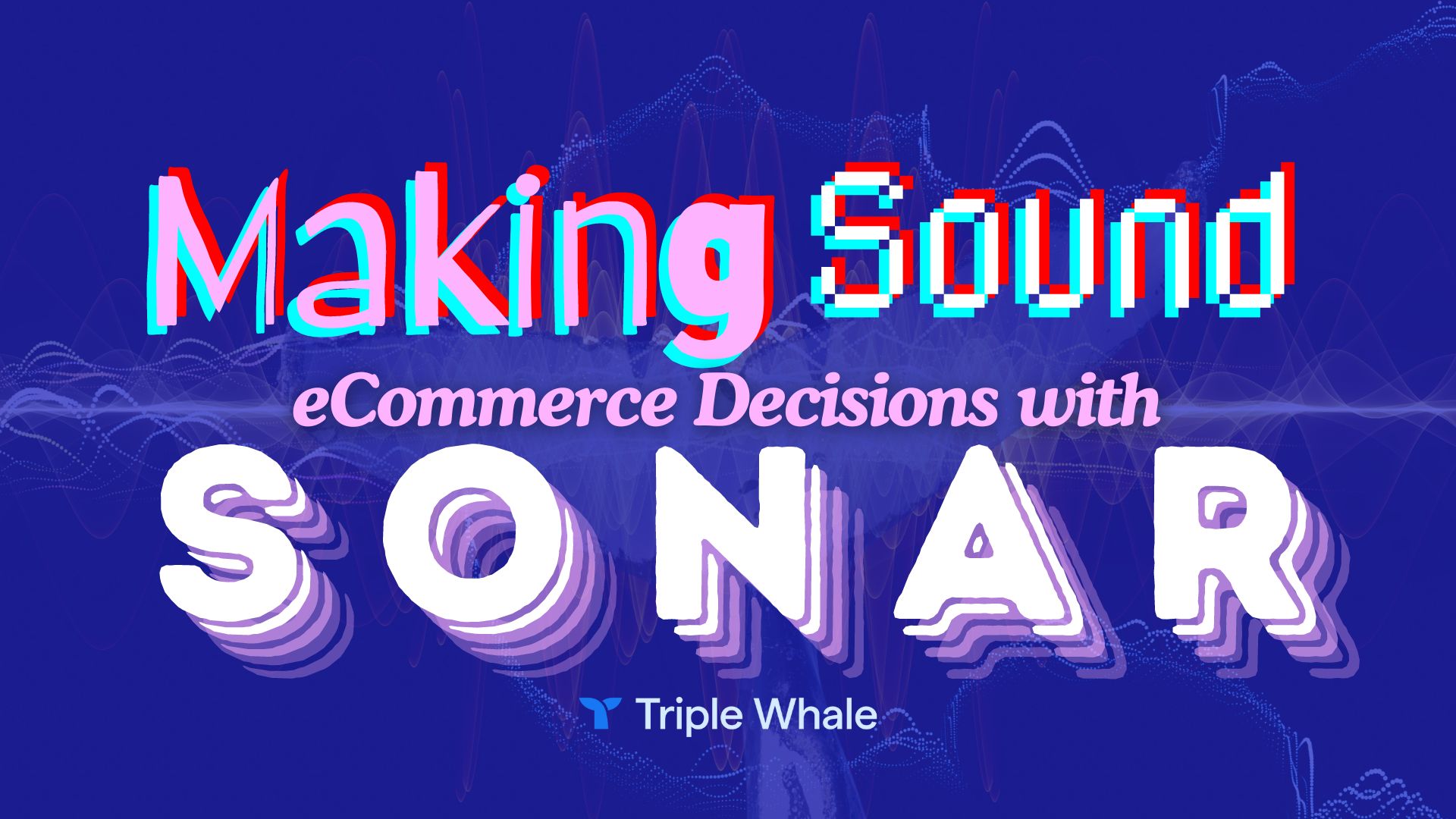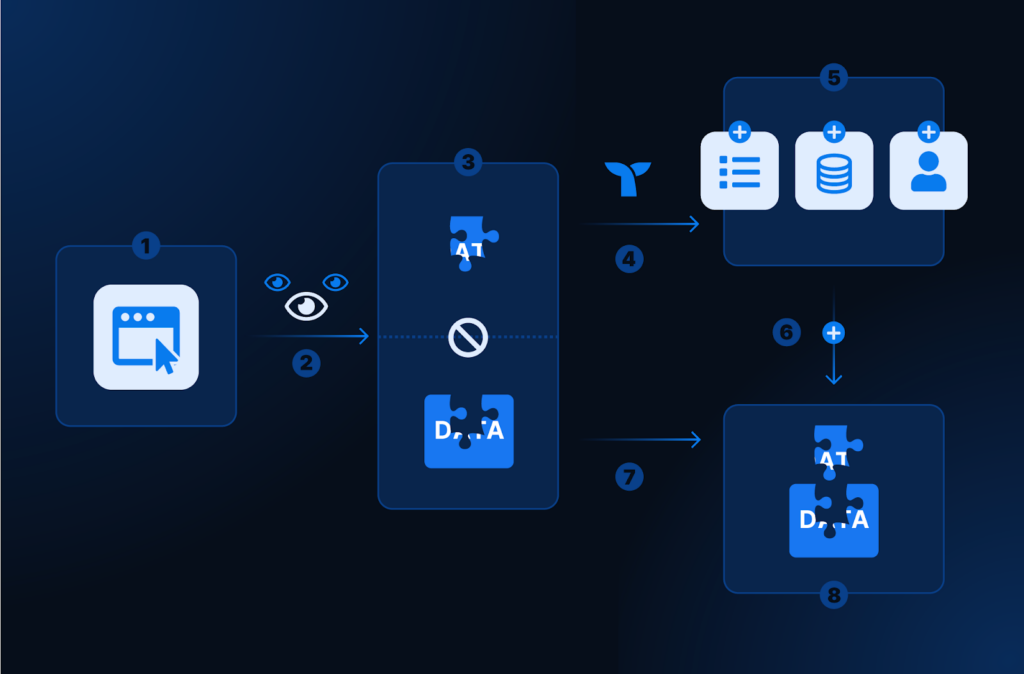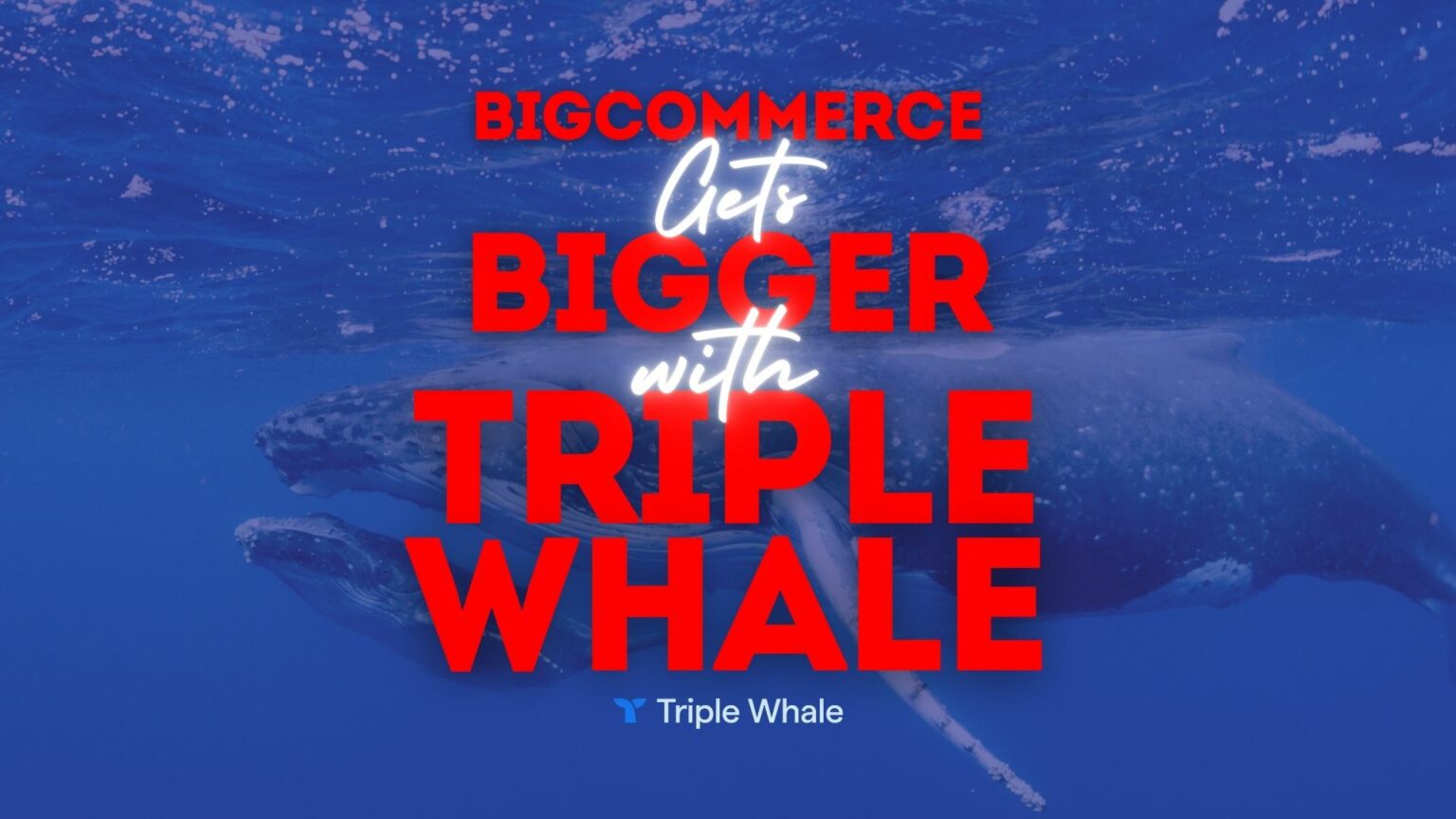
Making Sound eCommerce Decisions with Sonar


Ever since Apple introduced the “Do Not Track” option for apps way back in 2021 with iOS 14.5, marketers have struggled with accurate data attribution. Today, ad platform web pixels are still limited in the customer and purchase event information that they can collect from client-side tracking.
There are lots of systems out there to improve attribution and understand your customers better, but the tech stacks involved can get too complicated, too bloated, too costly — or all of the above.
If you’re tired of campaign performance suffering due to a lack of detailed data and visibility, we understand your frustration. Paying too much for software and separate tools should be a thing of the past.
With Triple Whale, it’s easier than ever to access all your data in one place for comprehensive real-time insights — but there’s more where that came from.
Now we’re adding the ability to send enriched data back to your marketing platforms, starting with Meta and Klaviyo, so that you can make data-driven decisions that optimize performance and boost revenue.
This new feature is called Sonar, and it’s a game-changer for eCommerce brands.
Why eCommerce Brands & Marketers Need Sonar
Sonar provides better visibility for your marketing platforms by enriching customer data and sending it back to the platforms you’re advertising on.
When you improve the quality and accuracy of the data your preferred ad platforms use to target customers, you can generate more customer touchpoints and higher-performing campaigns.
How Does Sonar Work?
Sonar enriches existing platform data captured by tracking pixels with events captured by Triple Whale and Shopify.
This diagram explains how it works:
- A website visitor browses or makes a purchase.
- Tracking pixels capture data and send it back to the marketing platforms.
- Browsers, however, can only capture certain data with web pixels.
- Triple Pixel captures those same events.
- Triple Whale enriches these events with customer data and conversion details.
- This enriched data is sent back to platforms via server-side API.
- Platform pixels send the incomplete website event data back to their platforms.
- Pixel events are merged with enriched data inside the platforms, giving them stronger and more accurate signals to optimize campaigns.

It’s like finding the missing puzzle piece you need to complete the picture.
When Sonar combines website event data with information from systems like Meta and Klaviyo, marketers can make decisions based on a more complete understanding of customer journeys. And the automated efficiency of Triple Whale optimizes the data for you — saving time, energy, and money.
Enriched Meta Data Through Conversion API
If you’re advertising on Meta, the Conversion API (CAPI) integration sends web events directly from their servers. Server events are linked to a pixel and processed like browser pixel events so that both are used in measurement, reporting, and optimization.
With Sonar, Triple Whale sends enriched event data back to Meta to improve data quality scores and targeting for better campaign results. When the Meta Web Pixel has already captured the event, Triple Whale provides a deduplication key so that Meta can combine the data it has captured with the data provided by Triple Whale.
Sonar connects anonymous visits to return visitors and customer profiles and then shares that info back with Meta for better site-wide audience profiling, lookalike audience building, deduplication, and retargeting. The result is a richer, more complete set of event and customer data that Meta feeds into its ad targeting algorithm to optimize your campaigns.
Once Sonar is enabled for Meta, you can easily monitor data transmission via Meta's CAPI within Triple Whale. This mirrored implementation creates more reliable event tracking, in contrast to client-side-only data that is hindered by ad blocking and cookie restrictions.
The data Triple Whale sends back to Meta includes:
- Conversions missed by the Meta web pixel
- Detailed customer information for campaign targeting
- Corrected conversion values to improve platform reporting and ad budget allocation

Trigger More Flows & Capture Lost Revenue with Enriched Data in Klaviyo
With Sonar, more complete data can trigger cart abandonment flows and other email marketing outputs to capture revenue that would have otherwise been lost. Further, customers can see additional revenue captured by the flows using Triple Whale’s direct ROI tracking.
The data Triple Whale sends back to Klaviyo includes:
- Active on-site events
- Viewed Product Events
- Add to Cart Events

Your Future with Sonar
The full picture of your marketing efforts will only get clearer and clearer as the next phase of Sonar integrations will improve visibility for Google Ads, TikTok, Snapchat, Pinterest, and other platforms.
Triple Whale’s all-in-one solution for data enrichment and attribution will consolidate your tech stack with a single source of truth.
Get Sonar today and bring clarity to your marketing platforms.



